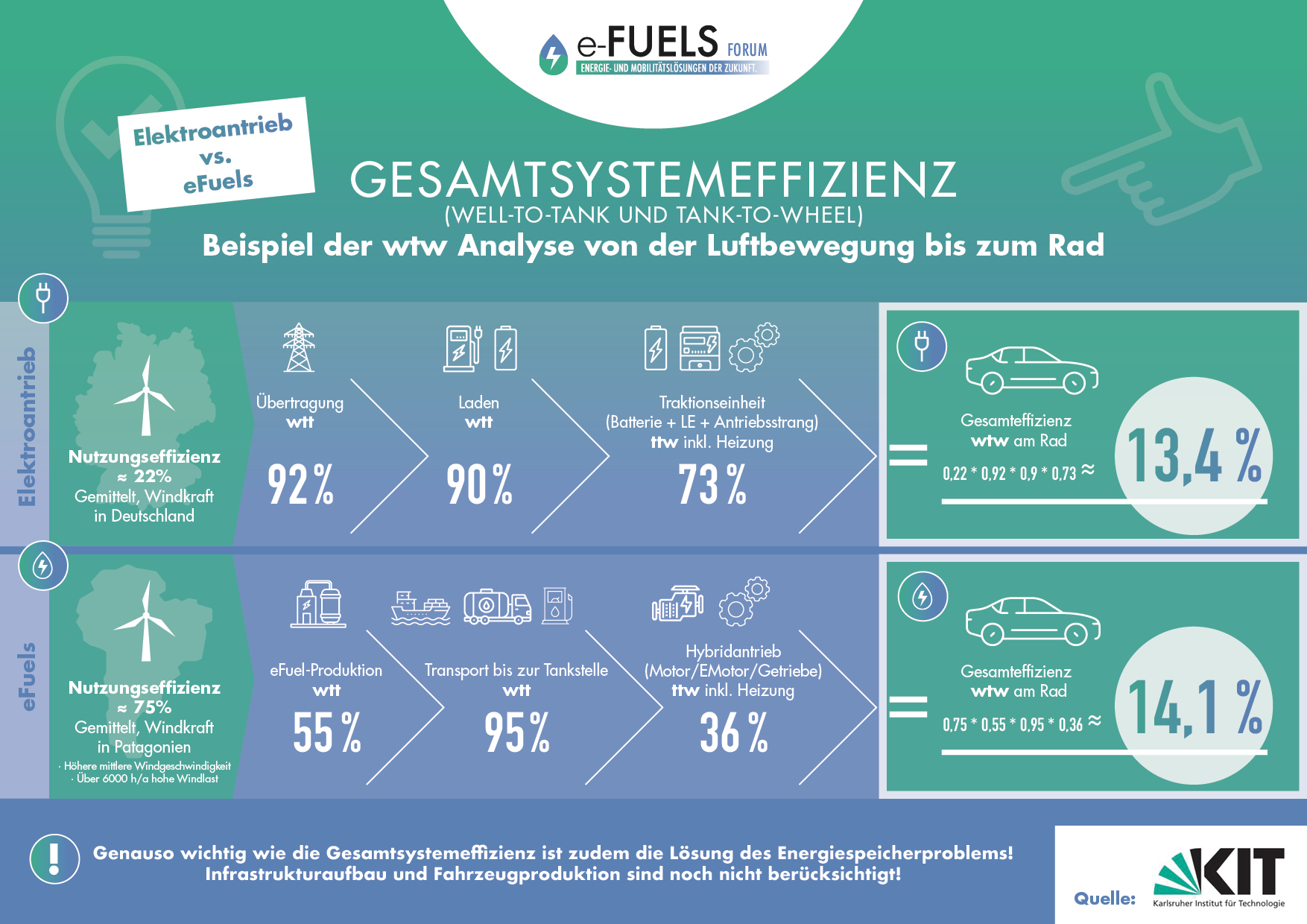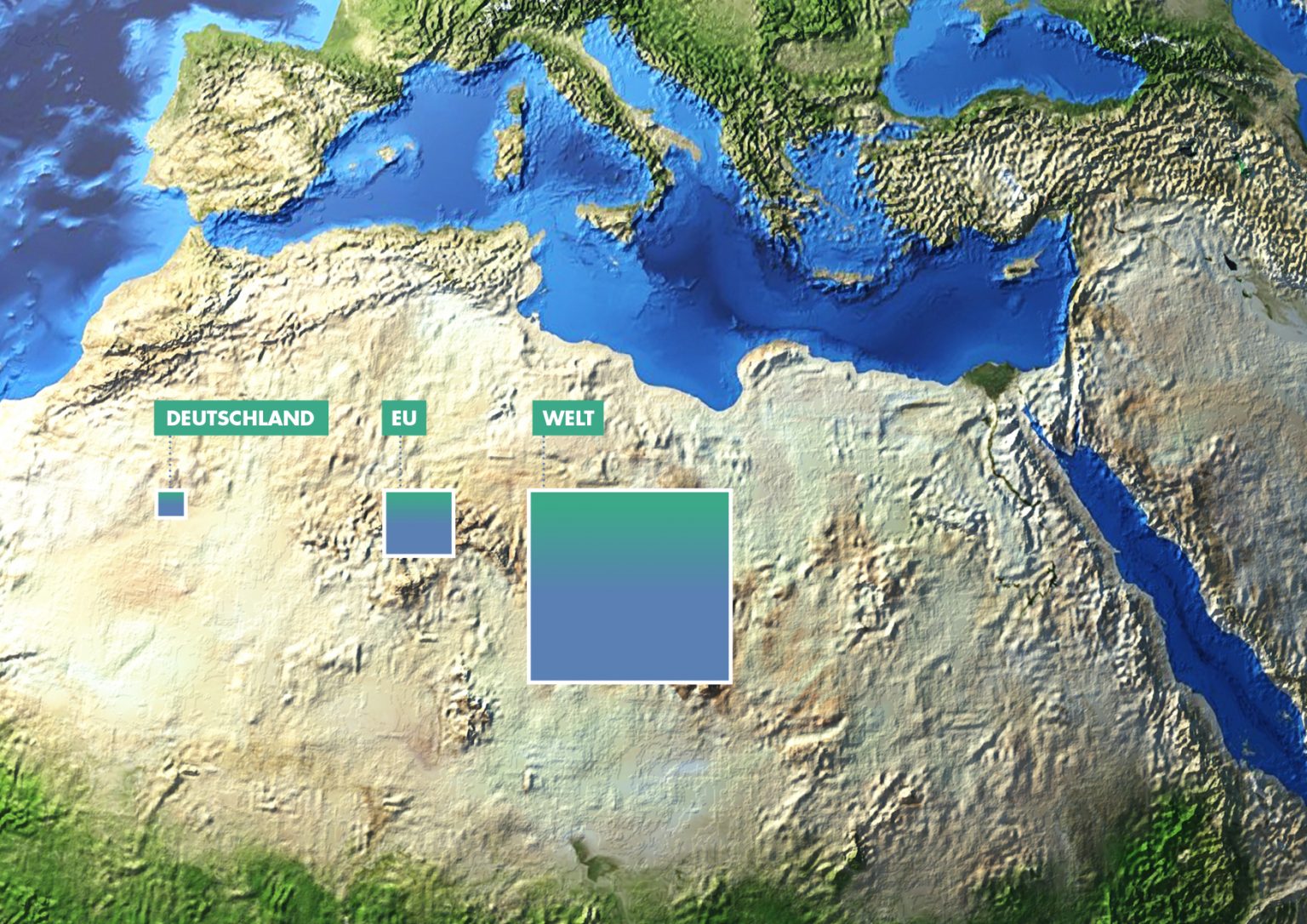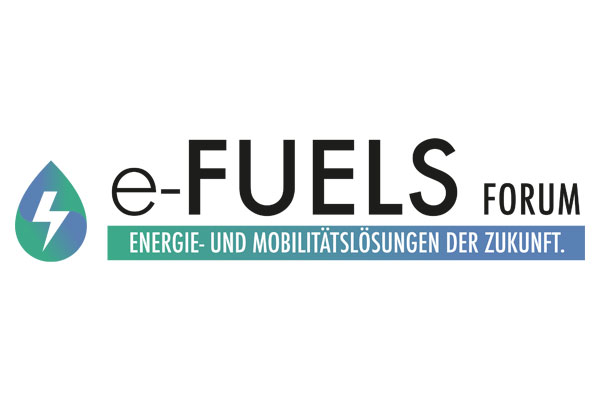Myths about eFuels
Myth #1: “eFuels (PtL fuels) are inefficient”.
eFuels are inefficient – this myth is probably the most widespread argument against the use of Power-to-Liquid (PtL) fuels. To support the statement, critics use and media like to use graphics based on unrealistic and incomplete assumptions. But what does “efficiency” actually mean in this context? To which properties does it refer and when is it significant? In the following text, which was prepared in collaboration with experts and Scientists of the Karlsruhe Institute of Technology (KIT) and the University of Applied Sciences Hamburg (HAW Hamburg)
you will find answers to these questions. These are underpinned by presentations that experts regularly use at specialist, scientific symposia.
Most efficiency considerations refer only to the electric motor without looking at the overall system before and after the motor. In addition, they are based on the unrealistic assumption of industrial eFuels production in Germany. The analysis of system efficiency must, however, always be based on realistic and holistic assumptions. The Graphic of the KIT maps this overall system efficiency. Thereby the Electric car is compared with a combustion vehicle which is operated with eFuels. Important: System efficiency extends from the wind gust to the turning wheel (well-to-wheel, wtw) and not only from the engine to the wheel (tank-to-wheel, ttw). Because an electric car can not drive without pre-transformed power. And also the Torque of the electric motor must be transmitted to the wheels.

(Source: Karlsruhe Institute of Technology (KIT), Prof. Thomas Koch, lecture "Sustainable Drive Systems", original graphic optically adapted by the eFuels Forum)
When considering overall system efficiency, it is important where the green electricity is produced. Either an electric car runs on inefficient German green electricity. Then the high efficiency of the electric motor offsets the losses of electricity production. Or Germany imports green energy from regions where green power can be “harvested” very efficiently. The overall system efficiency is at a similar level in both cases.
Photovoltaic electricity achieves a utilization efficiency of only 10.5 percent in Germany (source: Federal Statistical Office, 1st half of 2021). In sunny MENA countries (Middle East and North Africa) such as Morocco and Algeria, the utilization efficiency of use is twice as high. In regard to Wind power the situation is similar: In Germany, wind turbines achieve an average efficiency of about 22 percent. At the North Sea it is with about 30 percent somewhat more, in Southern Germany the value is somewhat lower at about 17 percent. In contrast, a wind turbine in Patagonia achieves about 75 percent . Because there the wind is so strong that even the trees grow crooked. Chile has 70 times more green energy than the country itself needs and would like to export it.

The graph from the German Aerospace Center (DLR) shows that there is no shortage of green energy worldwide . Photovoltaics alone could meet the energy needs of the entire planet on a very small area. This green electricity then only needs to be made transportable and storable. This is done by first converting the electricity into hydrogen and then producing an eFuel from it by adding CO2 . This explains the name of the synthetic fuel: electro based fuel. As a hydrogen derivative , eFuels are therefore nothing more than liquefied and thus transportable green electricity. One could also transport the hydrogen itself. This is very expensive, however, because hydrogen must be kept strongly cooled and under pressure. In addition, as the lightest element on our planet, hydrogen diffuses quickly through transport pipelines, which presents another problem for transport.
So in the end, it doesn’t really matter how efficient eFuels are in production. They only need to be produced where there is no shortage of renewable energy. By way of comparison, eFuels production using the conventional Fischer-Tropsch method in Germany would make about as much sense as an orange plantation in Germany. eFuels are produced in sun- and wind-rich countries for the same reason.
The efficiency issue can also be viewed from another angle: In terms of cost, time and resource efficiency, it makes most sense to make the existing vehicles and infrastructure CO2-neutral. In contrast to electromobility, everything is already there. Over 99 percent of the world’s approximately 1.4 billion cars are gasoline or diesel-powered. Reducing CO2 emissions fromthe existing fleet is therefore the biggest and fastest contribution to global climate protection in the transport sector.
In contrast, electromobility requires a completely new infrastructure with high resource requirements and a correspondingly high CO2 footprint. Furthermore, the construction of the very heavy electric cars requires additional resources, which leads to a further increased CO2 footprint(CO2 backpack). Finally, Germany has a very large energy import demand of 70 percent, so green molecules have to be imported in the form of fuels anyway. The liquid form is necessary because of the high energy density , because then the transport distance is practically irrelevant(high transport efficiency). When the green molecules are in the country, it is more efficient to use them directly in electricity-independent systems such as internal combustion engines and oil-fired heating systems instead of first converting them into electricity with losses and, if necessary, storing them temporarily in batteries with further losses.
Myth #2: “eFuels will be expensive”.
Scientific institutes such as the reFuels group at KIT, which specializes in this field, expect eFuels to be affordable in a few years. Manufacturers such as Saudi Aramco are also communicating that 80 cents is achievable in a few years, as the price of electricity in Saudi Arabia is only one cent per kilowatt hour. The market-based customer impulse is essential for time- and cost-efficient climate protection .
Myth #3: “eFuels should only be used in shipping and aviation.”
A restriction to the comparatively small and cost-sensitive sectors of shipping and aviation would hinder the ramp-up of eFuels. In addition, the production of aviation fuel automatically produces fuels for road transport as co-products. So when thinking about optimal resource utilization, the synthetic by-products such as e-gasoline, e-diesel, and e-heating oil that are by-products of e-kerosene production should also be utilized.
Summary:
- eFuels are produced in sun- and wind-rich countries. These are mostly southern countries where photovoltaic systems or wind turbines can efficiently harvest the green energy (analogy: orange). Most of the graphs in the media are based on the wrong basic assumption of an eFuels production according to the Fischer-Tropsch method in Germany.
- We do not have enough energy available in Germany . Germany’s energy import requirement is 70 percent. That means we have to import green molecules in the form of liquid energy sources anyway. Their most efficient use is directly in electricity-independent systems such as internal combustion engines and oil-fired heating systems.
- With regard to vehicle propulsion, the overall system efficiency from the gust of wind or sunshine to the turning wheel is crucial. Either the green power is harvested with low efficiency in Germany, with the efficiency losses being compensated by the higher efficiency of the electric motor compared to the combustion engine. Or the green energy comes from countries where it can be harvested with high efficiency. In the end, the overall results are on the same level.
- Efficiency is not an end in itself, but is only relevant in the event of a shortage or cost advantages. There is no shortage of green energy worldwide.
- It is neither cost-, time-, resource- nor climate-efficient to transform the entire technology world in addition to defossilizing energy.
- Allocation exclusively to ships and aircraft hinders the expansion of eFuels plants and ignores the co-products for road transport, which are generated during fuel production anyway.
Other regenerative, synthetic fuels
Incidentally, electricity-based eFuels belong to the group of regenerative, synthetic fuels. Other synthetic fuels that are also produced without petroleum are residue- and waste-based fuels such as Hydrogenated Vegetable Oils (HVO). These fuels are already produced very efficiently in Europe and North America. In line with the analogy with oranges and eFuels, these fuels are comparable to apples, which can be produced in Germany without much effort. Read more at klima-kraftstoffe.de
Newsletter subscription
Notes on data protection
Our free newsletter informs you regularly by e-mail about product news and special promotions. The data you enter here will only be used to personalize the newsletter and will not be passed on to third parties. You can unsubscribe from the newsletter or revoke your consent at any time by emailing . Your data will be deleted within 2 months after termination of the newsletter receipt, provided that the deletion does not conflict with any legal retention obligations. By sending the data you have entered, you consent to the data processing and confirm our privacy policy.

